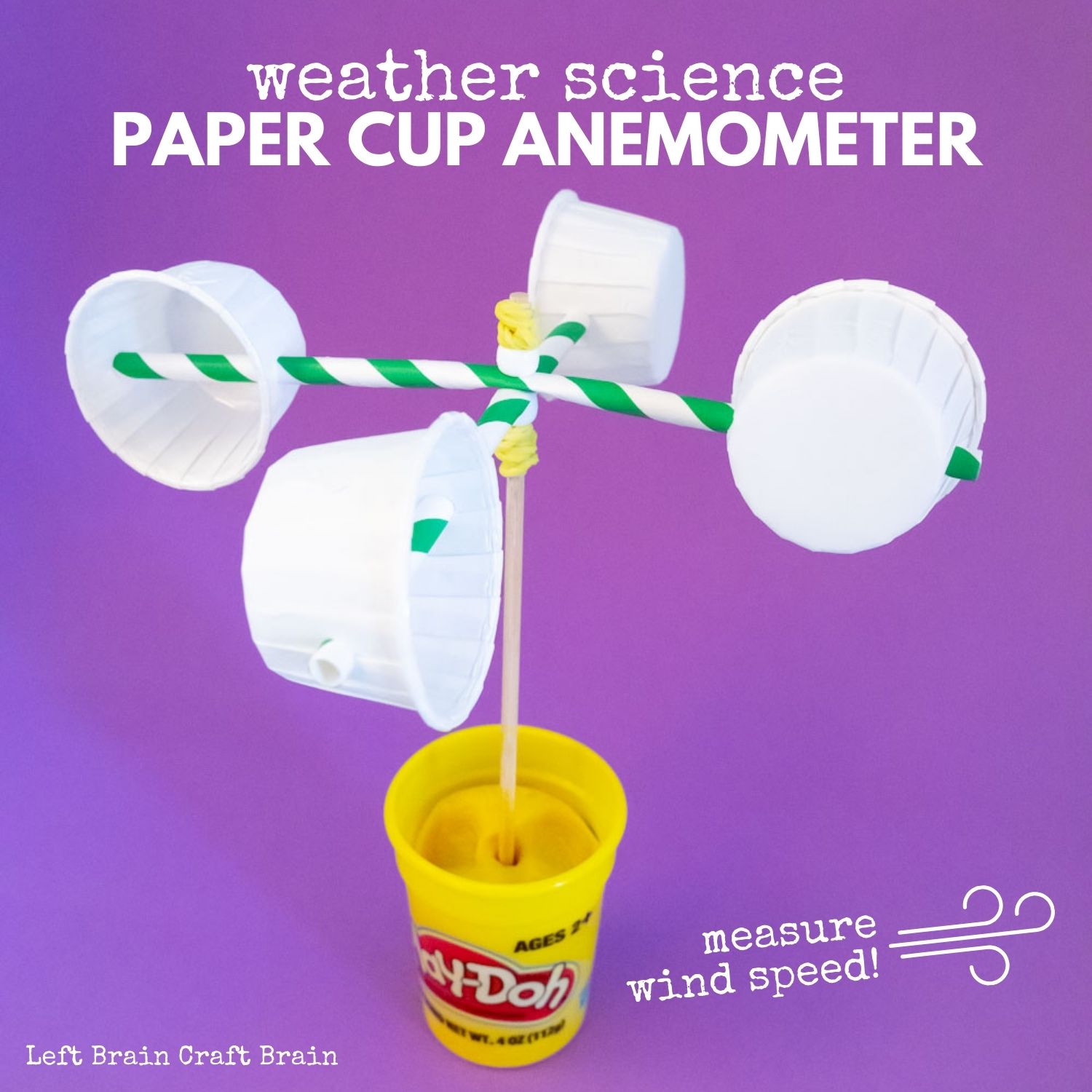Anemometer Innovations: The Most Up To Date Modern Technology for Wind Speed Dimension
Anemometer Innovations: The Most Up To Date Modern Technology for Wind Speed Dimension
Blog Article
Exploring the Functions and Benefits of Anemometers for Climate Lovers and Experts
From cup anemometers to sonic anemometers, each type brings its distinct set of advantages and applications, losing light on numerous elements of climatic problems. As we dive into the functions and advantages of anemometers, a deeper understanding emerges not only of prevailing weather sensations but also of the wider ramifications for sectors like wind power production and environmental study.
Relevance of Anemometers in Weather Condition Monitoring
Anemometers play a crucial function in weather surveillance by providing accurate dimensions of wind rate, helping in forecasting and understanding weather patterns. These tools, varying from conventional mug anemometers to contemporary ultrasonic anemometers, are essential for meteorologists, researchers, and weather enthusiasts alike. By gauging wind speed, anemometers aid in figuring out the strength of weather condition phenomena such as tornadoes, cyclones, and storms. In addition, they give valuable data for aeronautics, maritime procedures, and numerous sectors that are delicate to wind conditions.

Types of Anemometers and Their Applications
The most usual kinds of anemometers include cup anemometers, vane anemometers, hot-wire anemometers, and ultrasonic anemometers. Mug anemometers are composed of 3 or 4 mugs mounted on horizontal arms that rotate with the wind, gauging its speed. Vane anemometers, on the various other hand, utilize an openly revolving vane to align with the wind instructions, offering both wind speed and instructions measurements.
Mug anemometers are robust and appropriate for basic weather surveillance, while vane anemometers are preferred for directional dimensions. Ultrasonic anemometers are non-intrusive and supply high precision, usually utilized in research study and specialized climate surveillance applications.
Benefits of Using Anemometers in Projecting
In meteorology, the utilization of anemometers supplies important advantages for boosting the precision of climate projecting. Anemometers measure wind rate and direction, supplying essential information for anticipating weather patterns. By integrating wind data into forecasting designs, meteorologists can better understand the motion of weather condition systems, anticipate adjustments in atmospheric problems, and problem more exact forecasts.
In addition, anemometers play a crucial duty in analyzing prospective climate risks. Monitoring wind rates aids forecasters forecast severe weather occasions such as storms, hurricanes, and winter tornados with better precision. This very early warning system allows authorities to provide prompt signals and implement necessary precaution, lowering the risks to life and property.
In addition, anemometers aid in maximizing renewable resource manufacturing. By assessing wind patterns, meteorologists can identify suitable areas for wind farms and forecast energy result, adding to the reliable generation of wind power.

Anemometers in Wind Power Manufacturing
Offered the essential function anemometers play in offering accurate wind data for weather condition forecasting and threat evaluation, their value reaches the world of wind energy production. Anemometers are necessary instruments in the field of wind power, where the dimension of wind rate and instructions is critical for determining the expediency and performance of wind turbine installments. By accurately measuring wind rates at differing heights, anemometers assist enhance the placement and design of wind turbines to make best use of energy output.
In wind ranches, anemometers are purposefully put to collect real-time wind information that is used to assess the prospective power production of a website. This data is important in figuring out the economic feasibility of wind energy projects and in projecting power generation to ensure grid security. Additionally, anemometers help in monitoring wind problems to maximize turbine performance, stop damage from high winds, and ensure the safety of employees functioning in the area of wind turbines.
Enhancing Weather Recognizing With Anemometers

Anemometers play a key duty in enhancing our understanding of microclimates. These localized climate click over here now conditions can vary dramatically from wider local projections, making it important to have accurate data for details locations. anemometer. By tactically placing anemometers in numerous places, scientists can gather comprehensive information on how wind acts in various surfaces, city settings, or bodies of water
Moreover, anemometers add to improving climate projecting versions by offering real-time information on wind actions. This information is especially useful for anticipating serious climate occasions, optimizing farming techniques, and sustaining markets like aeronautics and maritime navigation. On the whole, anemometers are important tools that enable us to dig deeper into the intricacies of weather systems, inevitably bring about even more better-informed decisions and accurate predictions.
Final Thought
Finally, anemometers play a crucial duty in weather monitoring and forecasting by gauging wind speed and direction. They are vital devices utilized by weather lovers and professionals to gather accurate information for predicting climate patterns and assessing prospective impacts. Anemometers likewise have applications in wind energy production, additional highlighting you can try these out their importance in both weather forecasting and renewable resource markets. Generally, anemometers add to boosting our understanding of climate phenomena and improving forecasting capabilities. anemometer.
From mug anemometers to sonic anemometers, each kind brings its distinct set of applications and advantages, shedding light on different facets of climatic problems. These instruments, ranging from standard mug anemometers to modern-day ultrasonic anemometers, are crucial for meteorologists, researchers, and weather condition fanatics alike. The most common types of anemometers include cup anemometers, vane anemometers, hot-wire anemometers, and ultrasonic anemometers. Cup anemometers are robust and suitable for basic weather condition monitoring, while vane anemometers are favored for directional measurements. Anemometers are necessary tools in the area of wind power, where the measurement go to this website of wind speed and instructions is vital for figuring out the expediency and efficiency of wind generator installments.
Report this page